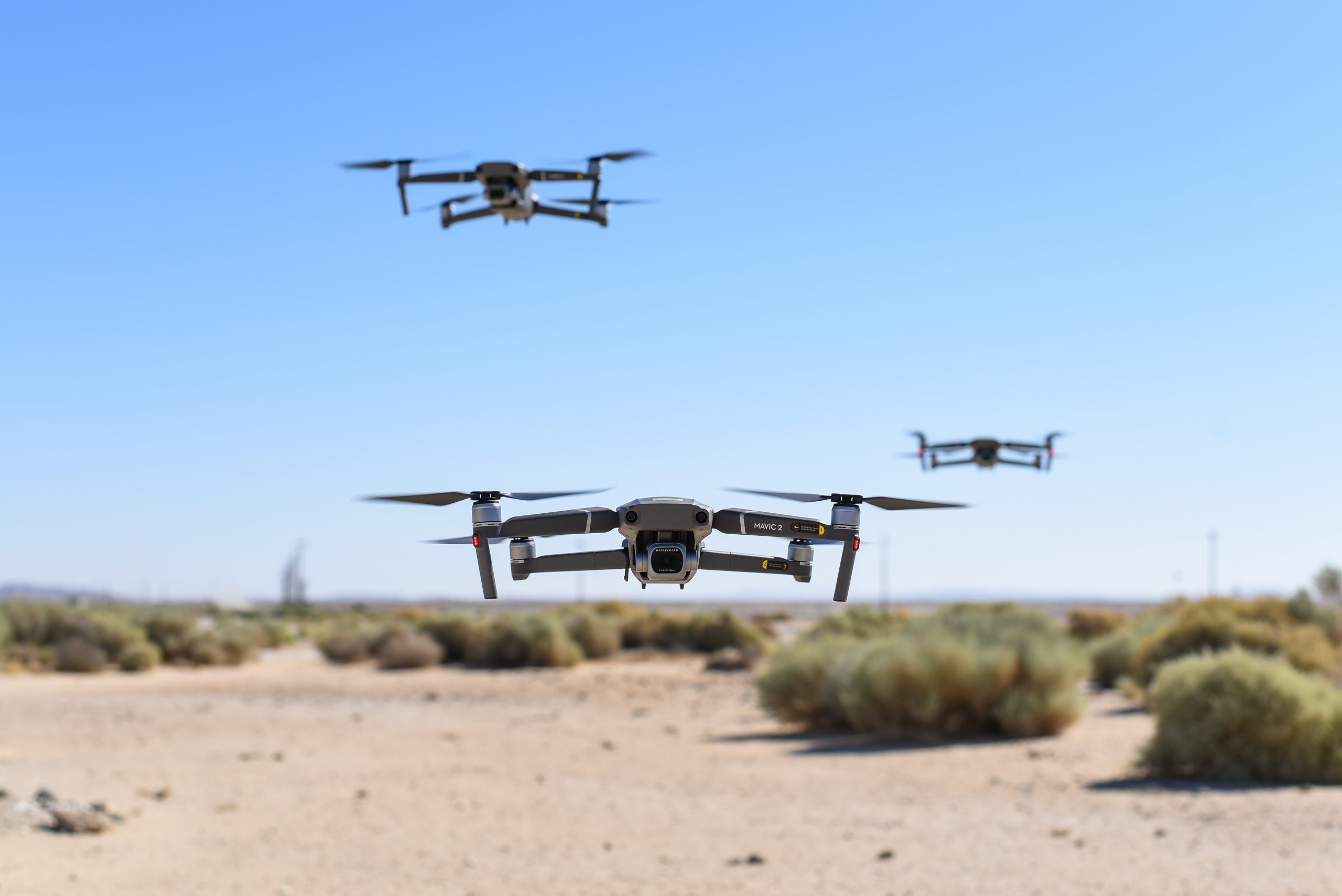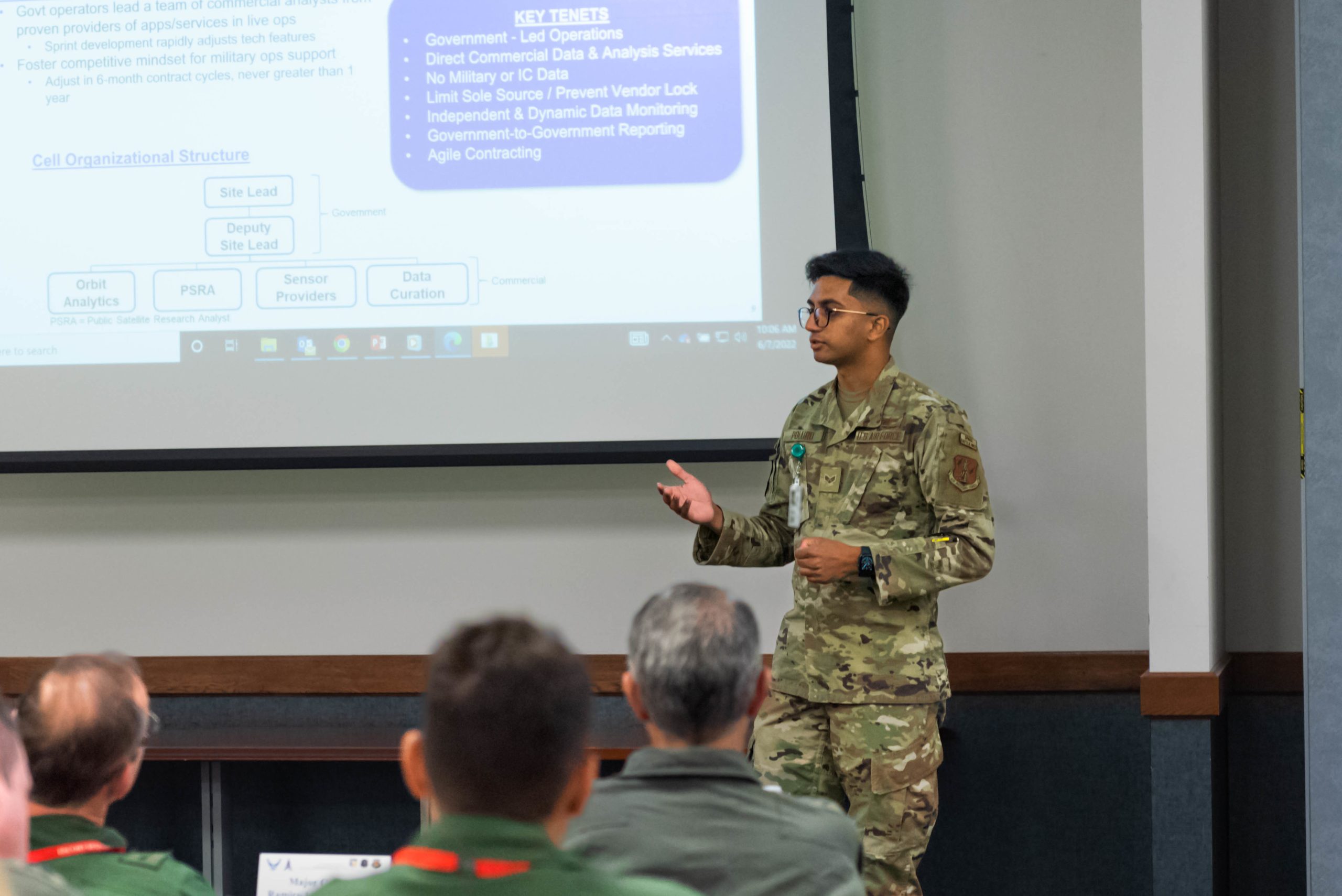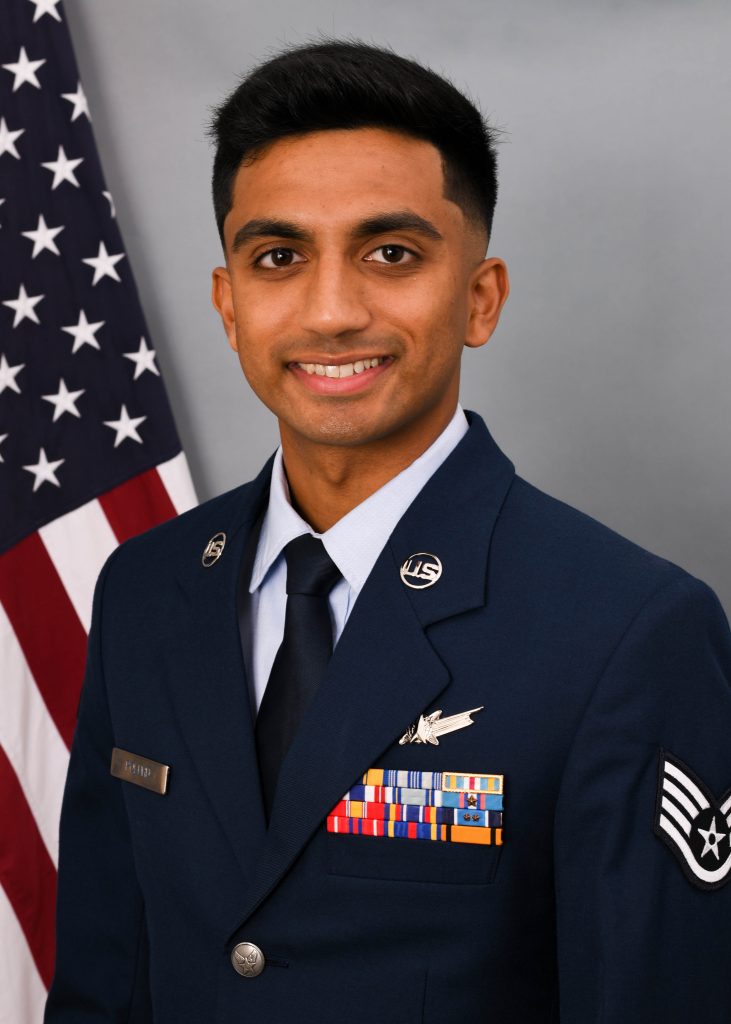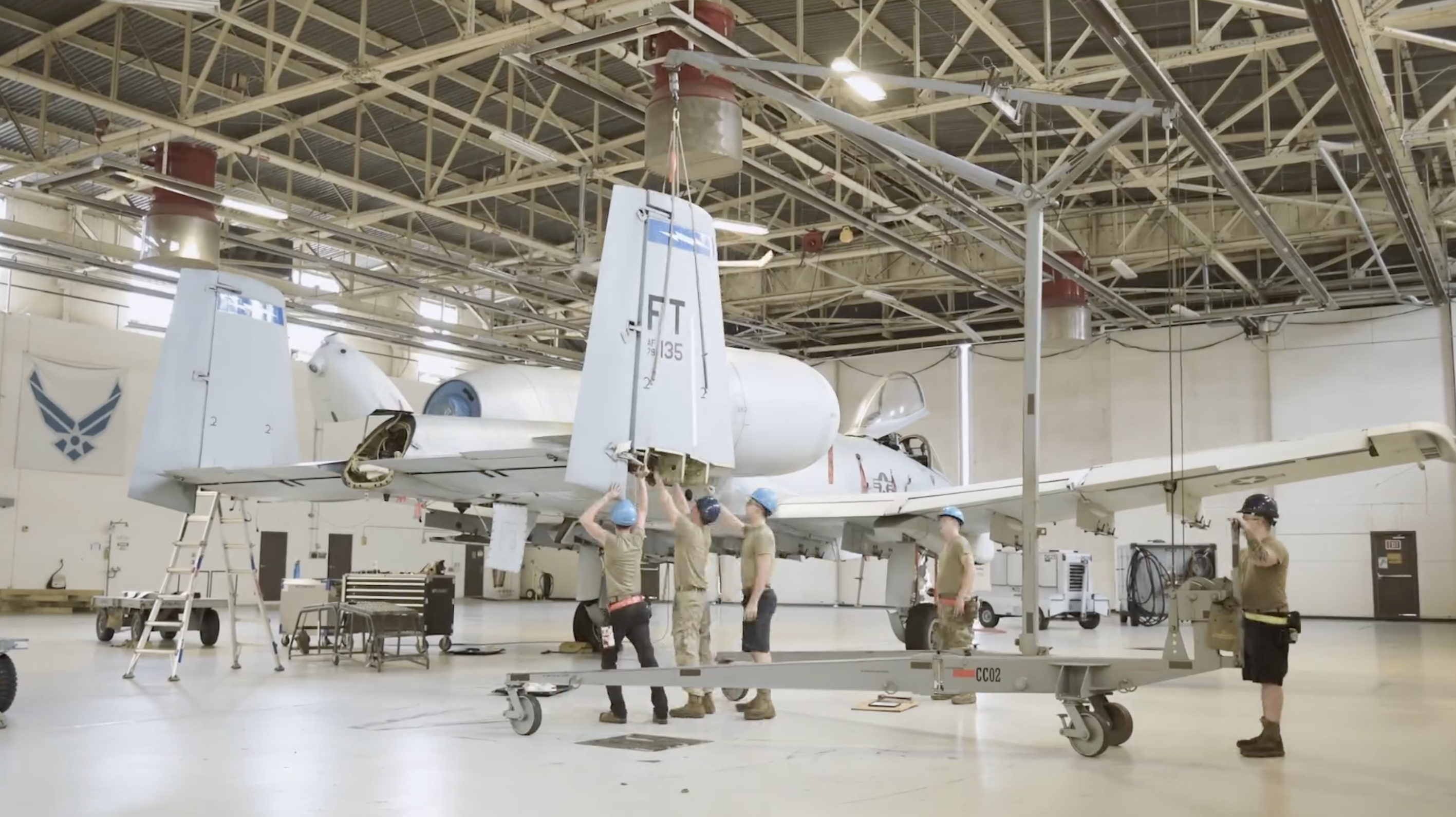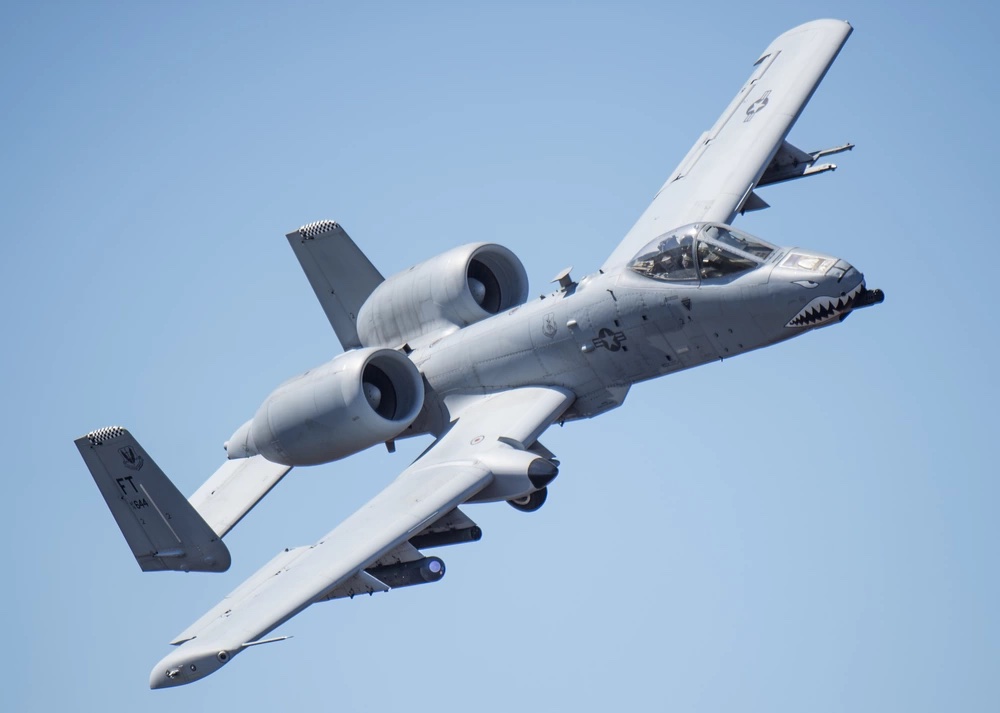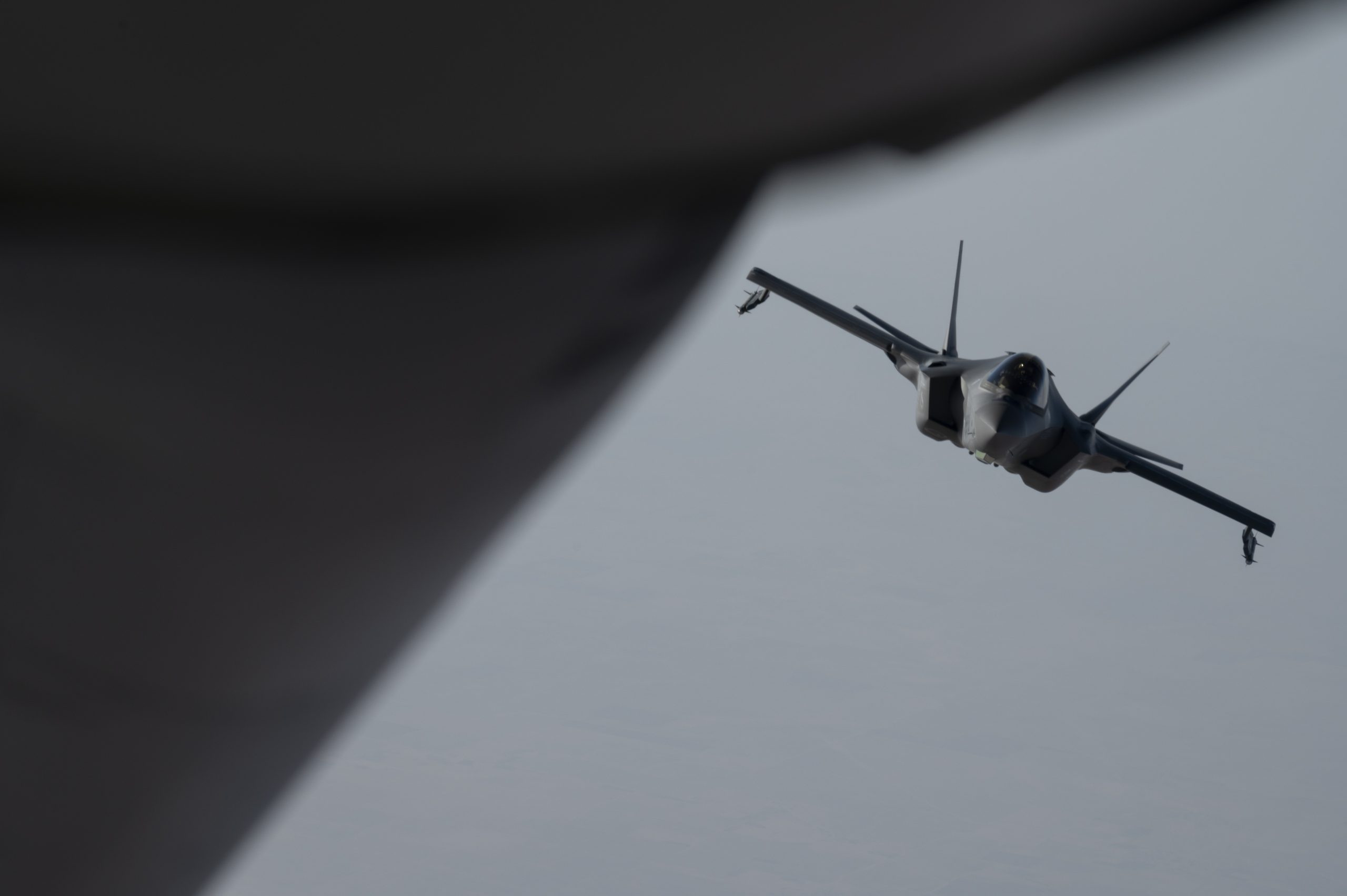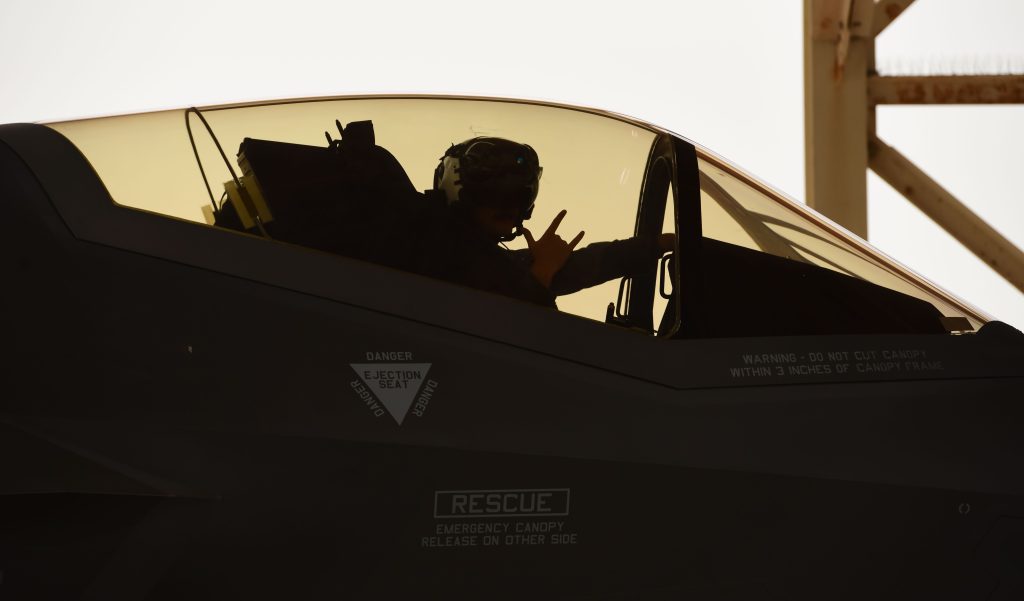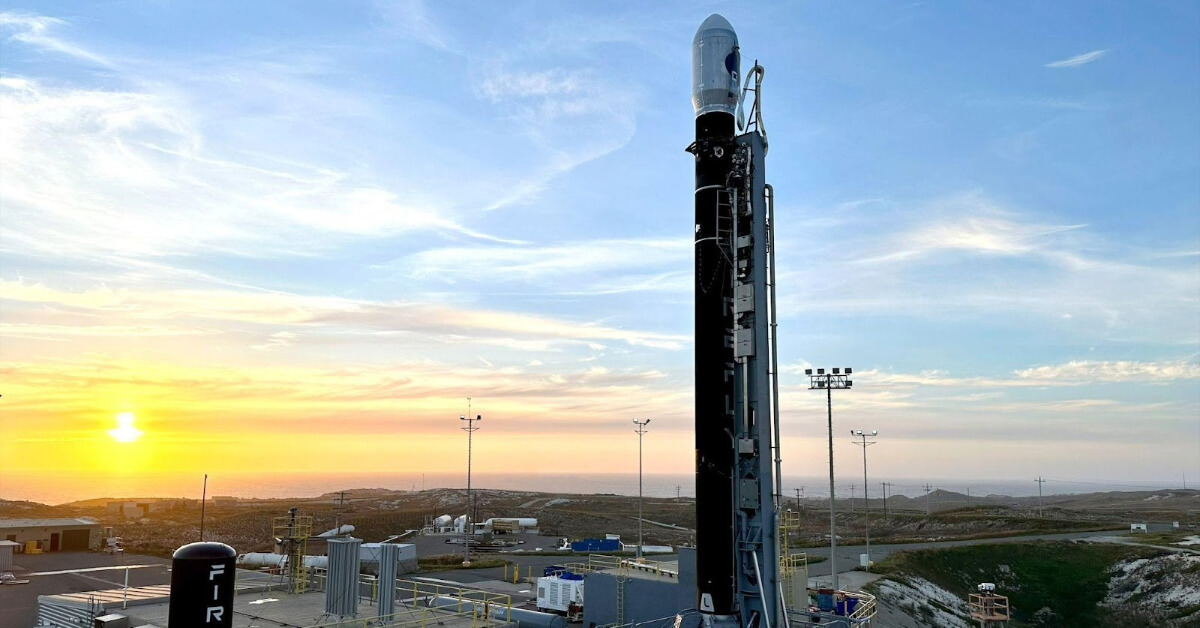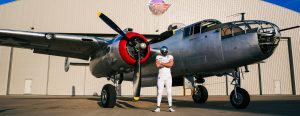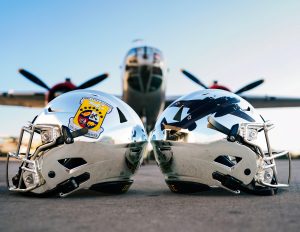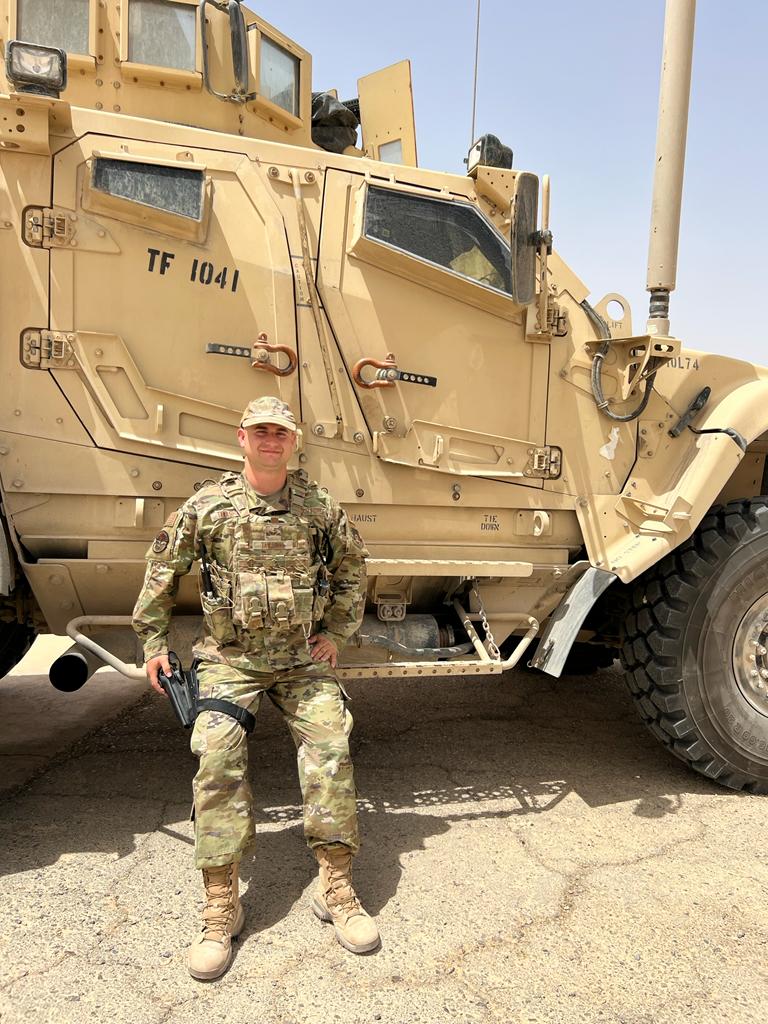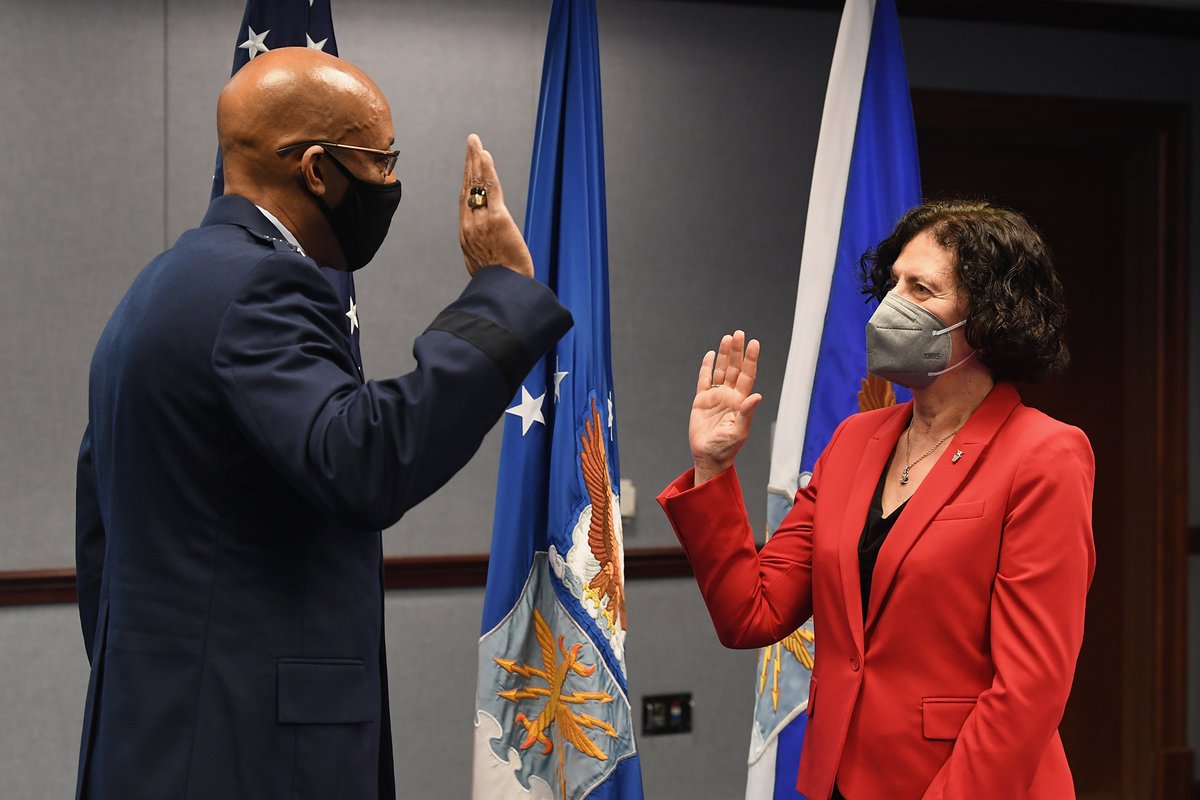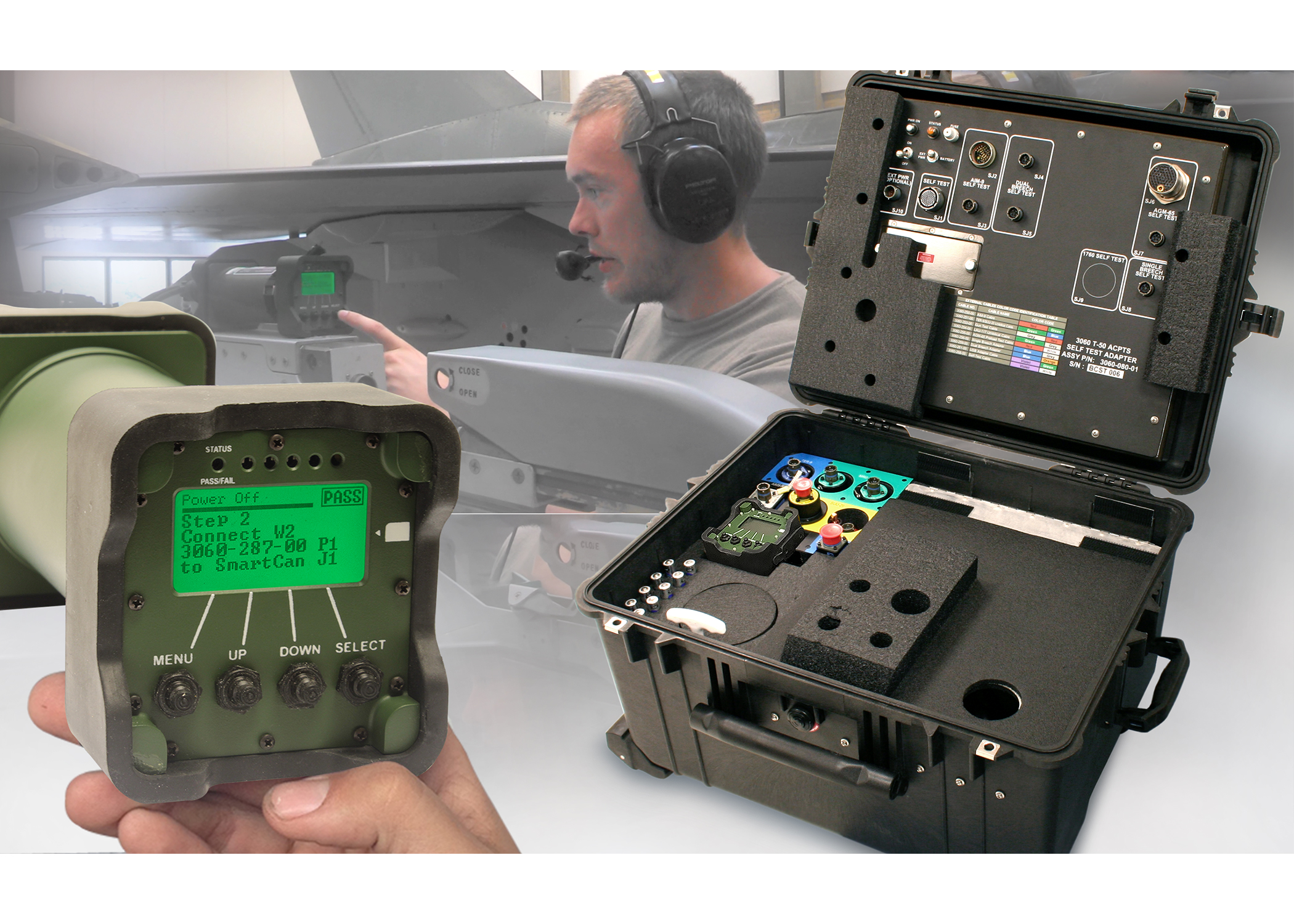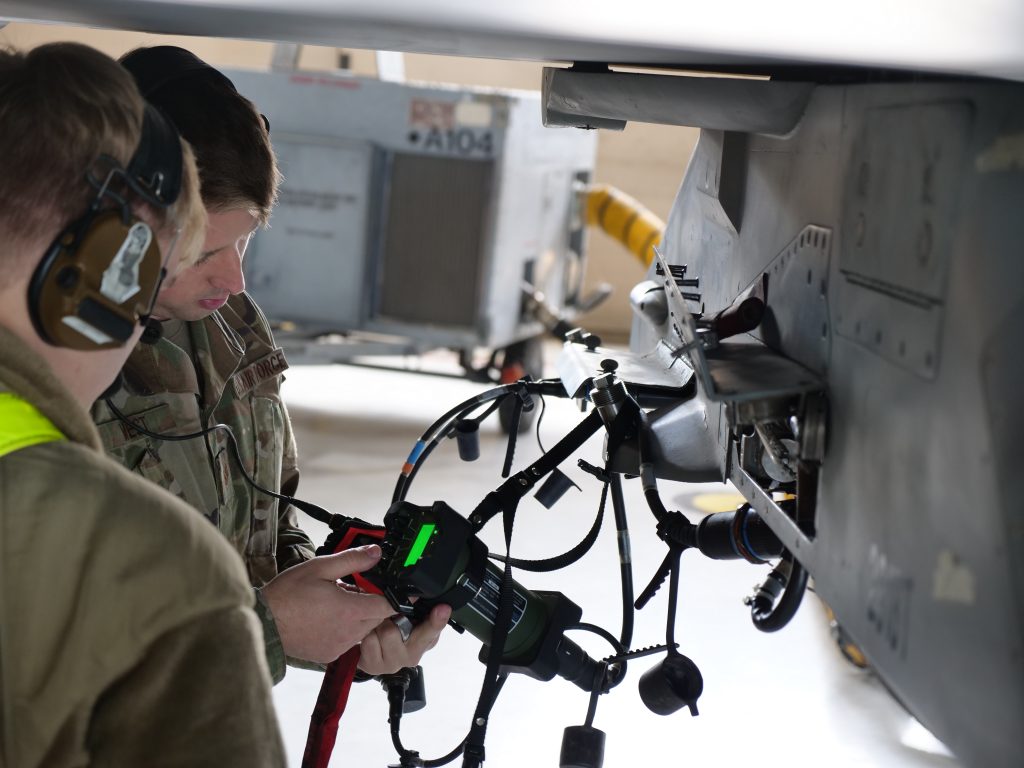The Pentagon is launching a new effort to build up mass with inexpensive autonomous systems, Deputy Secretary of Defense Kathleen Hicks announced Aug. 28. And the department wants lots of those systems fast—within 18-24 months.
The goal, Hicks said, is simple: “small, smart, cheap, and many.”
Speaking at the National Defense Industrial Association conference in Washington, D.C., Hicks specified that “many” will mean multiple thousands of “attritable, autonomous systems in all domains, which are less expensive, put fewer people in the line of fire, and can be changed, updated, or improved with substantially shorter lead times.”
Hicks will lead the “Replicator Initiative,” as she dubbed it, and be supported by the vice chairman of the Joint Chiefs of Staff and the Defense Innovation Unit.
The driving force behind the initiative is the Pentagon’s concern about the sheer size of China’s military. According to the DOD’s own accounting, the People’s Liberation Army (PLA) has the world’s largest navy, a 1,000,000 personnel ground force, and more than 2,000 combat aircraft.
“Replicator is meant to help us overcome the [People’s Republic of China]’s biggest advantage, which is mass: more ships, more missiles, more people,“ Hicks said. “We’ll counter the PLA’s mass with mass of our own, but ours will be harder to plan for, harder to hit, and harder to beat.”

Some defense experts welcomed the high-level focus on autonomous technologies.
“What this clearly communicates is DOD’s sense of urgency, which I think is totally appropriate,” Caitlin Lee, the director of the Acquisition and Technology Policy Program at the RAND Corporation, told Air & Space Forces Magazine. “The sense of urgency is all about China.”
The Pentagon declined to reveal specifics on exactly which systems Replicator covers, but undersecretary of defense for acquisition and sustainment William LaPlante told reporters at the NDIA conference that they will be distinct from systems such as the Air Force’s Collaborative Combat Aircraft (CCAs), which will be more expensive and are not intended to be attritable in a conflict.
“I would put them into two different categories,” LaPlante said, adding that Replicator platforms could be “very complimentary” to CCAs, which will likely involve a “family of systems.”
LaPlante declined to offer too many details on Replicator, though, deferring to Hicks—who also did not go into the details in her speech.
“We’re going to be cagey in terms of what we want to share,” Hicks said in a question-and-answer session after her address, citing the desire for the Pentagon not to tip off Beijing to its plans. She did note, however, that whatever the platform, the Pentagon would have a “responsible and ethical approach to AI and autonomous systems.”
Other details, such as how the initiative will be funded, are still unclear, though Hicks did promise more in the coming weeks.
The U.S. military has a large but publicly unknown number of relatively cheap uncrewed systems. U.S. Central Command, in particular, has several “task forces” devoted to relatively cheap, commercially adapted systems—from maritime drones patrolling the waters of the Middle East to Air Forces Central’s Task Force 99, which has begun using small drones for intelligence, surveillance, and reconnaissance.
Meanwhile, there are service-wide initiatives. The Army has tested both small land-based systems and small tactical drones that can be used by infantry through its Project Convergence experiments.
LaPlante said Replicator will likely follow a similar model, using mostly commercial technology.
“What’s the quickest way to get into quantity?” LaPlante said. “That’s the challenge you give yourself.”
“We think we got the production capability going,” Hicks added. “We have a lot of work going on across the department. This is really about unifying those efforts and scaling them up.”
Many of the Pentagon’s nascent drone capabilities and some novel industry efforts have been sent to Ukraine as part of U.S. aid packages following Russia’s full-scale invasion in early 2022. The Ukrainians have also procured small quadcopter and first-person vision racing drones of their own. The Royal United Services Institute, a British think tank, estimates Ukraine loses around 10,000 drones of all types per month, showing both their critical importance and the massive numbers needed in modern armed conflict.
“If you think you’re headed for a war, particularly if you think you’re headed for a protracted war, it becomes really important to be able to bring mass to the fight,” Lee said, though she cautioned not all the lessons learned from Ukraine are applicable to a conflict in the Pacific. But the fact that the West’s defense industrial base has strained to keep up with the demand to restock Kyiv’s forces is clear.
“Deputy Secretary of Defense Hicks is correct to highlight the need to gain the advantage afforded by mass to meet mission requirements that exist today and tomorrow,” Doug Birkey, executive director of the Mitchell Institute for Aerospace Studies, told Air & Space Forces Magazine.
To gain that mass, Birkey said there are a number of different approaches, such as buying more advanced manned aircraft like the B-21 and F-35, or developing and producing cheaper systems such as CCAs.
“The end answer is not all one way or all the other,” Birkey said.
Hicks clarified that Replicator will not represent a wholesale shift away from large weapons systems.
“America still benefits from platforms that are large, exquisite, expensive, and few,” Hicks said in her address. “Rarely have America’s war-winning strategies relied solely on matching an adversary ship-for-ship and shot-for-shot”
The Pentagon wants to “scale whatever’s relevant in the future again and again and again,” she said.
